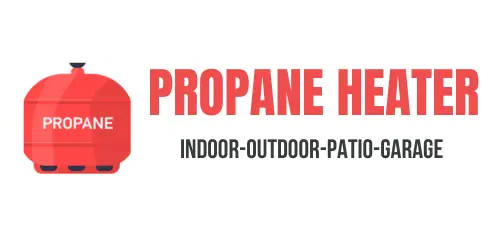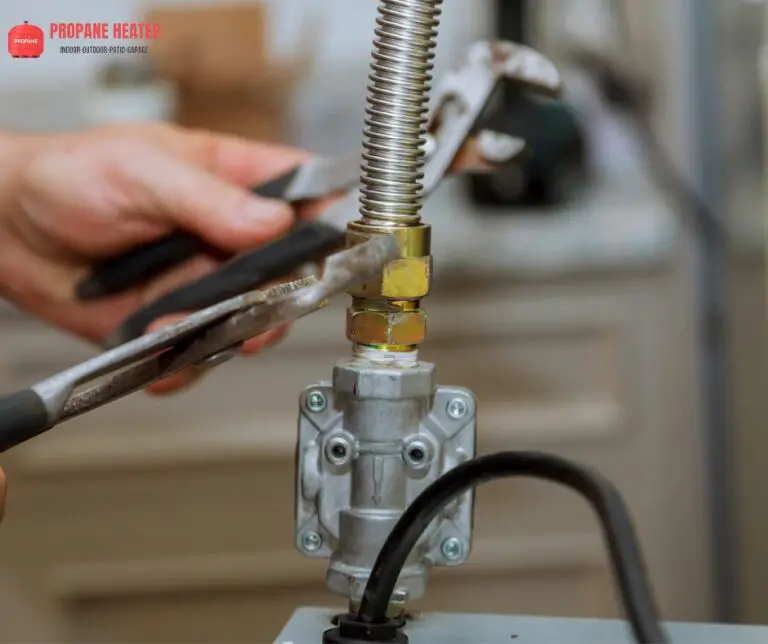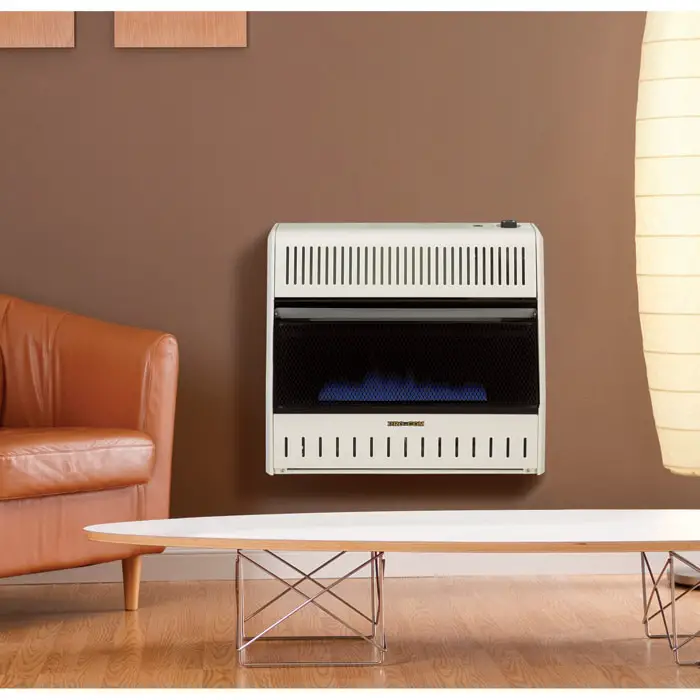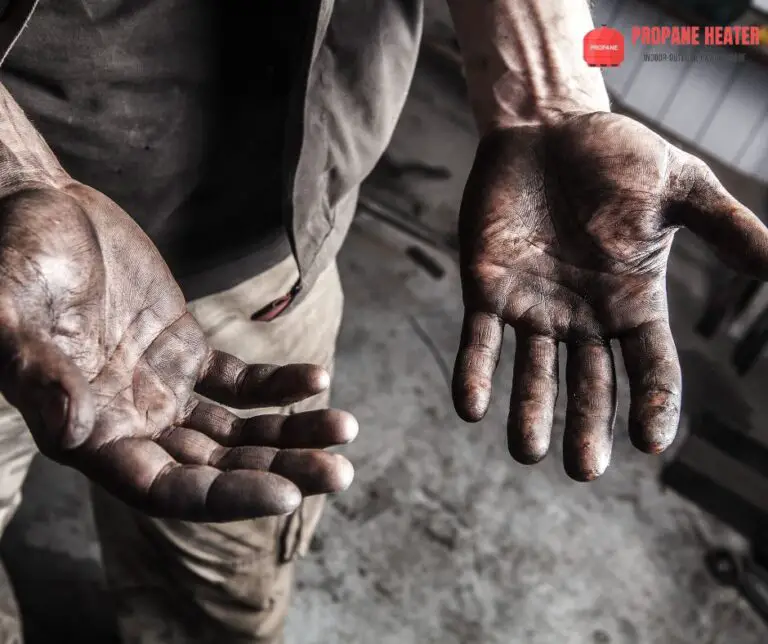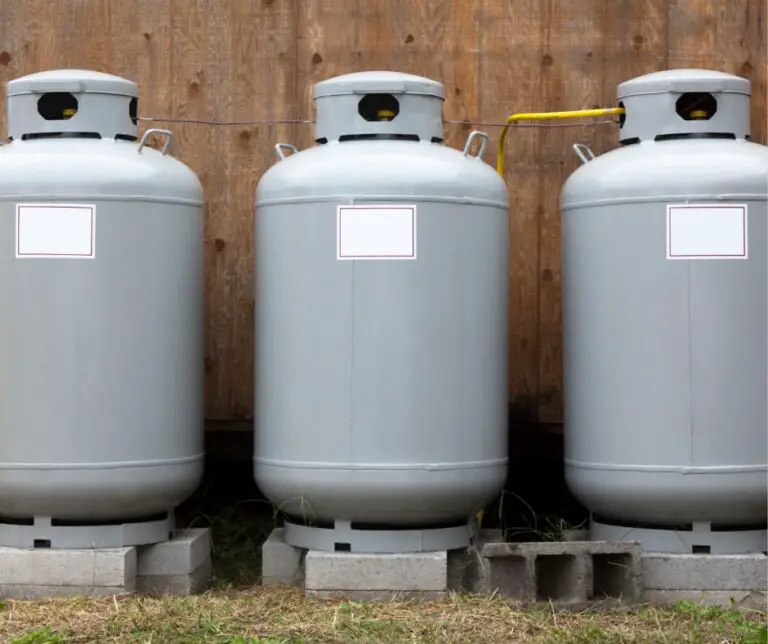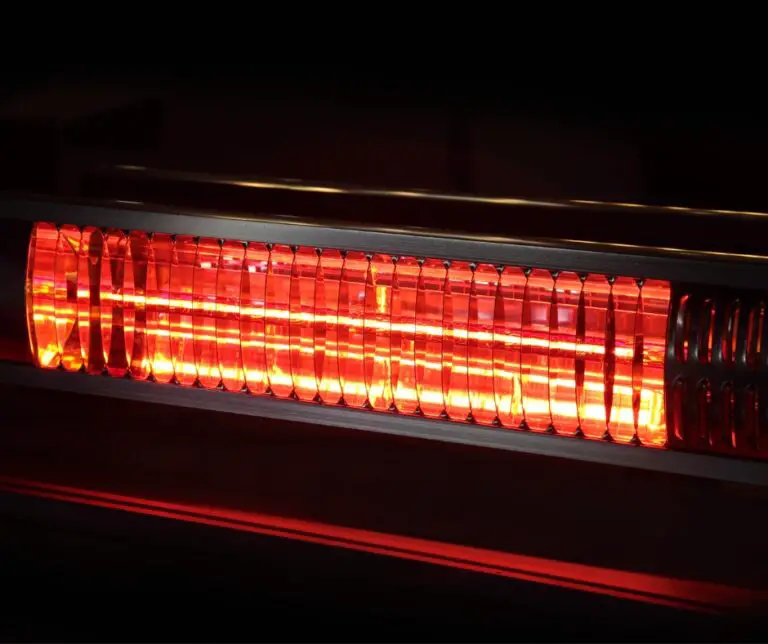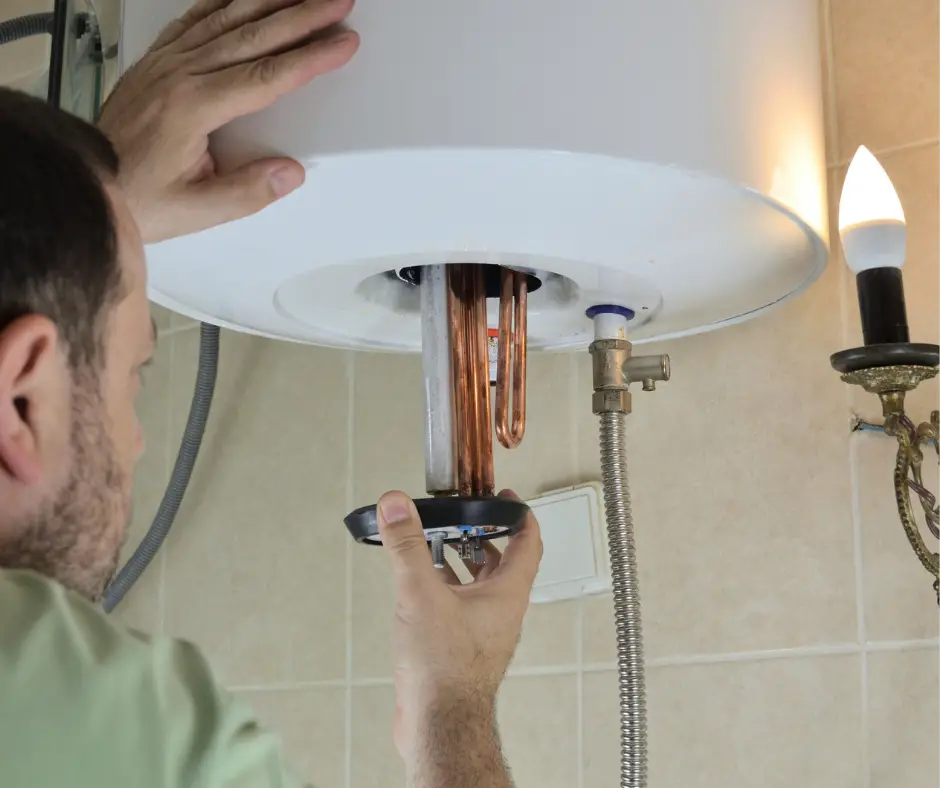
A tankless water heater is a newer type of heating system that heats water on demand. Instead of storing heated water in a tank until it’s needed, this system heats water only when it’s needed. This saves energy and can help to lower your monthly utility bills.
What Is a Tankless Water Heater?
A tankless water heater is a device that heats water as it is being used. The water is heated by a gas-powered burner, which heats the water directly. This means there is no need for the tank to store hot water—the device will heat up fresh cold water at exactly the right time.
The main advantage of tankless water heaters over other types of systems is their efficiency; they are able to provide instant hot water and reduce energy use by up to 40 percent compared to storing hot water in tanks or other forms of storage equipment (like electric heaters).
Why Choose a Tankless Water Heater?
1. They reduce energy costs
If you’re looking to cut your energy costs, tankless water heaters are a great solution.
The most obvious benefit of using a tankless hot water heater is that it doesn’t require the same amount of energy as a traditional hot water heater. Since they don’t use storage tanks and require less energy to heat up the water, they can save you money on your electricity bill over time.
2. They reduce water heating maintenance
If you’re looking to reduce your water heating maintenance costs, a tankless water heater is a way to go. Tankless water heaters are more reliable than their traditional counterparts and they tend to last longer as well.
They also require less installation time and are easier to maintain if something goes wrong with them. The most important benefit of using a tankless water heater is that they’re much more energy efficient than conventional tank heaters, so you’ll save money on your utility bills every month!
3. They reduce the environmental impact
Another way that tankless water heaters are better is that they’re environmentally friendly. Traditional tank water heaters use a lot of energy, so they’re not very environmentally friendly. Some people use solar water heaters in their homes, but those aren’t great either because they still need to be hooked up to a power source and don’t produce as much hot water as a regular tankless one does.
What Are the Different Types of Tankless Water Heaters?
There are three main types of tankless water heaters: electric, gas, and solar. Electric tankless water heaters are the most common type on the market today. They provide instant hot water at a lower cost than other heating methods but they do require electricity to operate.
Gas tankless water heaters were once more expensive than electric models; however, now they can be purchased at affordable prices. They’re generally easy to install and use less energy than an electric model.
Solar-powered options have become increasingly popular over recent years because they produce zero emissions while also saving money in monthly energy costs since there is no need for power from the grid or another source of electricity nearby.
How Do Tankless Water Heaters Work?
A tankless water heater works by heating water as it passes through the unit. This means that your water will never run cold, and there is no need to wait for hot water to reach your tap. Instead of storing a large amount of hot water in a tank, the unit heats up the incoming cold water all day long so that when you turn on your faucet, all that’s needed is for some additional pressure from your home’s plumbing system to turn it into steamy goodness.
This type of system also allows for greater efficiency than traditional storage-tank systems because only enough heat energy is supplied during use to meet current demand – any excess heat is released back into the environment (for example: through a chimney venting system).
How Do I Maintain My Tankless Water Heater?
- Clean your tankless water heater regularly. The tankless water heater should be cleaned every 4 to 6 months, depending on how often you use it. You can use a soft-bristled brush to remove any limescale buildup inside the pipes and also wipe down the exterior of the unit.
- Check for leaks or corrosion. If there is a leak or corrosion on your tankless water heater, you will need to call a professional plumber to fix it before using it again.
- Inspect for sediment build-up in your tankless heaters pipes and tubes by using an electrical wire brush or sandpaper to clean out all dirt from inside these parts of plumbing components.
What Should I Consider Before Buying a Tankless Water Heater? Press Tab to write more…
1. How much electricity it uses
If your home has a high-end electrical system that can handle the extra power drain, and if you have the necessary means to safely use and store propane in case of an outage, then a tankless water heater may be for you.
2. Size of the tankless water heater
The size of your tankless water heater will depend on the size of your home. The larger the home, the larger the tankless water heater you need. The smaller the home, the smaller the tankless water heater you need.
3. Type of tankless water heater
The efficiency of a gas-fired tankless water heater is significantly higher than an electric one. Therefore, if your household uses a lot of hot water, you may want to consider getting a gas-fired tankless water heater. If you live in a smaller house, then an electric tankless water heater might be better suited for your needs.
4. Where to install the tankless water heater
Once you’ve decided on a model and your budget, the next step is to determine where to install the water heater. While tankless water heaters can be installed anywhere there’s an electricity source, they’re not all created equal. For optimal functionality, consider these factors:
- Install your tankless unit near the point of use. This means placing it close to where you’ll be using hot water—like in your kitchen or bathroom—in order to minimize wasted energy from long lines and additional heating processes.
- Make sure that you can easily access and maintain any part of the system for future repairs. You may also want access to drain cleanings or parts replacements as needed once installation has been completed.
- Choose an area with sufficient clearance for venting requirements (typically 10 feet above roof level).
5. How many people will be using the tankless water heater
So you’re ready to install a tankless water heater in your home, but before you do, it’s best to think about how many people will be using it. You can figure this out by adding up the average number of people who use hot water at any given time in your home (for example, adults or children).
Once you’ve determined how many gallons per minute (GPM) the tankless water heater can handle, you’ll want to consider how long the tankless system will last.
Conclusion
Hopefully, we’ve helped you understand how a tankless water heater works. Now that you know what to look for in your next tankless water heater, you can buy one with confidence! You don’t need to worry about running out of hot water anymore or having a massive tank taking up space in your home.

I am Richard A. Jackson man behind propane heating solution, An HVAC expert working as a team lead of the heating department, Provide services all over the USA (around all major cities), and from planning to implementation, you will get all your solution here. We provide various tanks (propane and other natural gases) and deal with disposable waste.
